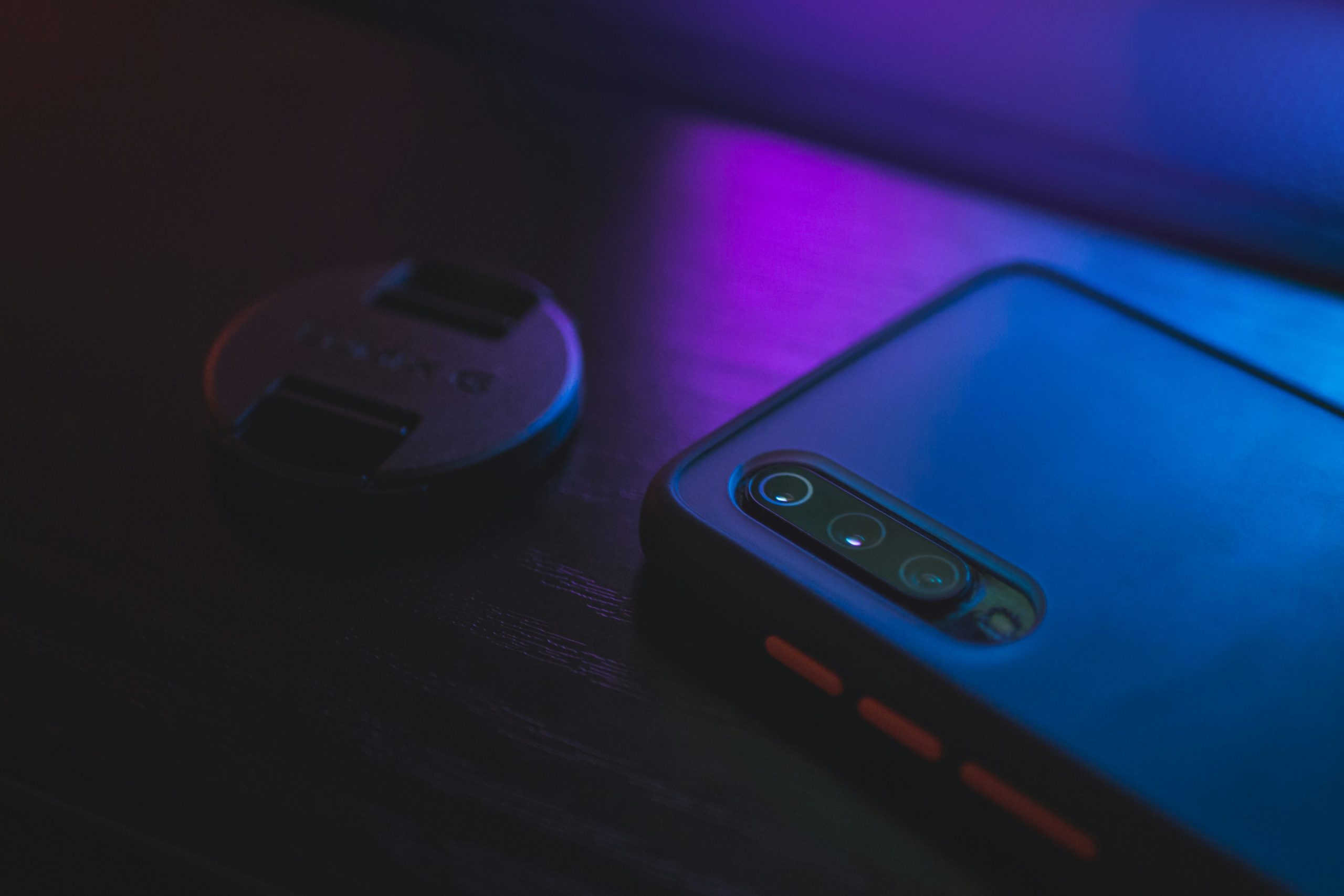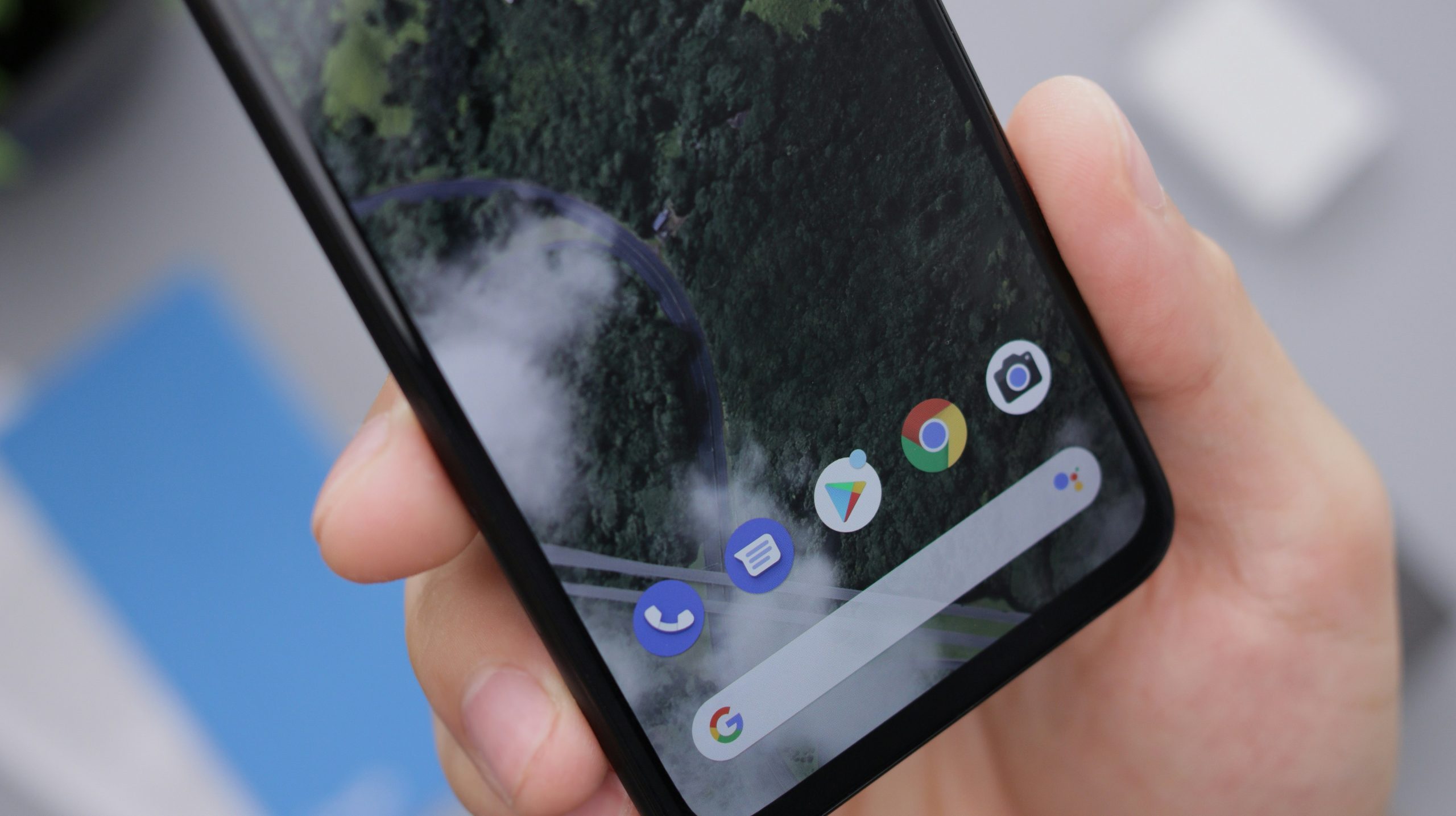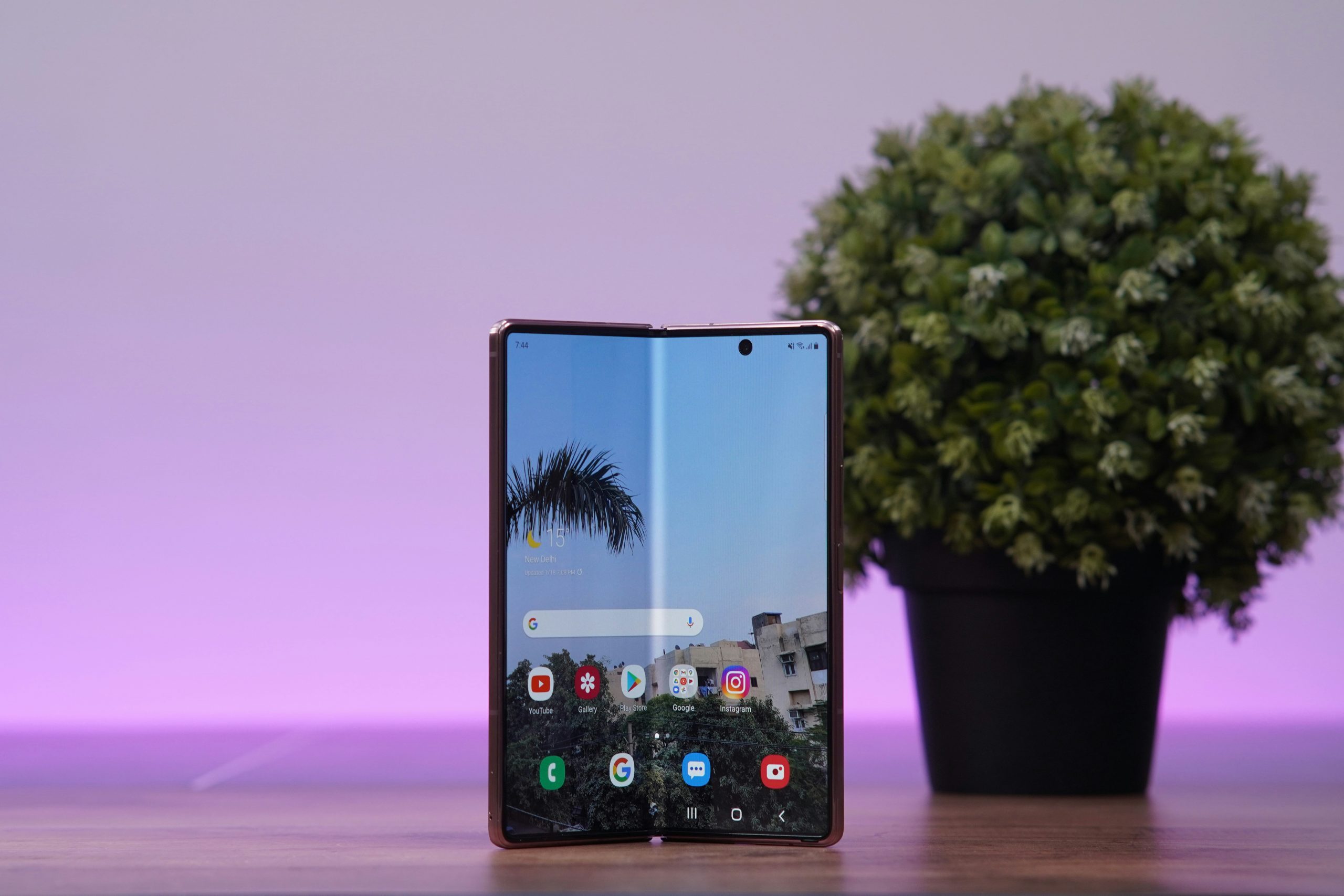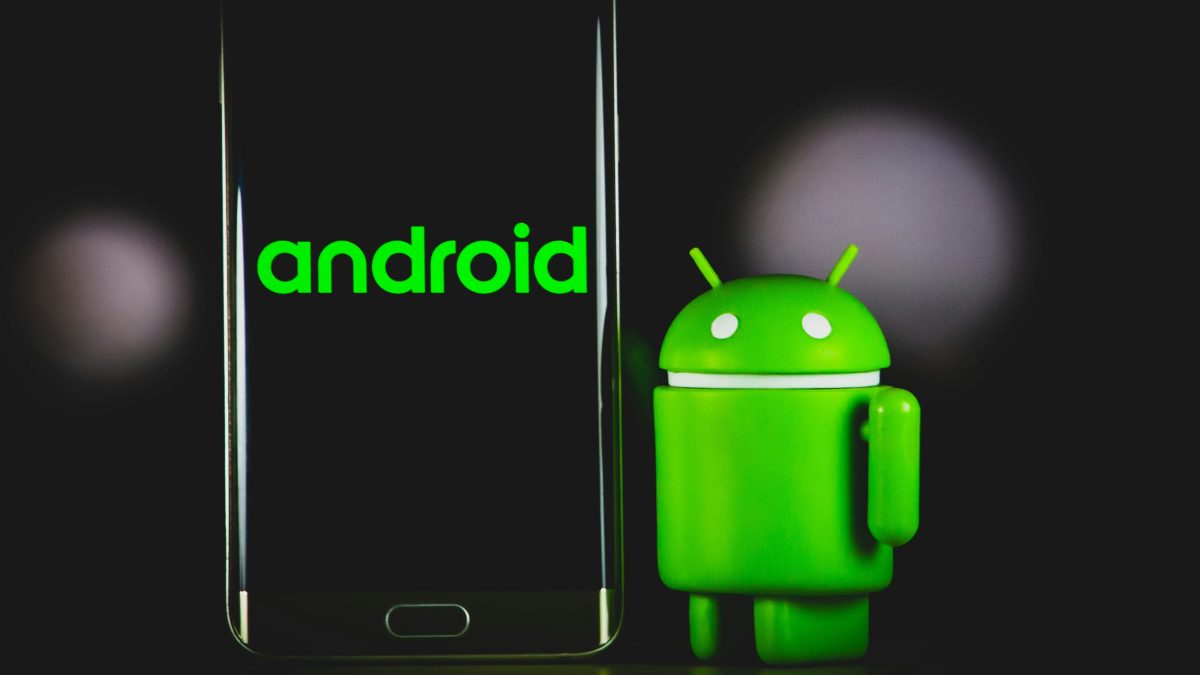Imagine settling down for a cozy evening, ready to dive into that important PDF document you’ve been meaning to review. You tap on the file, anticipation building—only to be met with frustration as your Android device stubbornly refuses to open it. You’re not alone in this digital dilemma; countless users encounter similar hiccups that can turn a straightforward task into an unexpected headache. Whether it’s a work report, an e-book, or essential paperwork, the inability to access PDFs can disrupt productivity and spark irritation.
But fear not! In this article, we’ll unravel the common causes behind Android’s PDF-opening woes and provide you with simple yet effective fixes that will have you back on track in no time. From app compatibility issues to storage limitations, we’ll explore every angle of this pesky problem. So grab your device and get ready to transform frustration into resolution—your PDF files are just a few taps away from being accessible again!
Common Reasons for PDF Opening Failures
One of the primary culprits behind PDF opening failures on Android devices is file corruption. This often occurs during the download process, where an unstable internet connection can lead to incomplete files or damaged data. Users may overlook this issue, mistakenly believing that their device isn’t compatible with PDFs. To mitigate this, it’s advisable to always ensure a stable connection when downloading files and to check the file size against that of the original document.
Additionally, app compatibility plays a significant role in PDF access issues. Not all PDF readers are created equal; some may lack support for advanced features embedded within certain documents, such as multimedia elements or complex formatting. Choosing a reliable and frequently updated app can make a world of difference. Users should also consider clearing cached data from their PDF reader apps regularly since accumulated cache can sometimes interfere with performance, leading to unexpected errors when trying to open files.

Check for App Compatibility Problems
When dealing with Android devices that won’t open PDFs, it’s essential to consider app compatibility issues. Every PDF reader has its unique set of capabilities and potential limitations, which can lead to frustrating experiences if they don’t align with your device’s operating system. For instance, an outdated or incompatible version of a popular PDF reader may not support specific PDF features, like annotations or advanced formatting changes made in newer software. Therefore, before diving into more complex troubleshooting steps, ensure your chosen app is the latest version available.
Additionally, exploration of alternative PDF readers can yield beneficial results. Sometimes the default application shipped with your device may not be the most efficient for all tasks; robust options such as Adobe Acrobat Reader or Foxit MobilePDF can handle files that others struggle with. The vast array of applications available on the Play Store means there’s usually a perfect fit for every document type or feature you require. You might be pleasantly surprised by discovering specialized tools designed for presenting PDFs seamlessly or managing extensive documents without lagging—leading to a smoother user experience overall.
Update Your PDF Reader Application
Updating your PDF reader application is often a simple yet overlooked solution when facing issues with opening PDFs on Android devices. It’s easy to forget that software solutions are regularly pushed by developers to enhance performance and fix bugs. An outdated PDF reader may not support the latest file formats or could be conflicting with recent Android updates, leading to frustrating errors. Therefore, checking for updates in the Play Store should be one of your first steps.
Moreover, modern PDF readers come packed with innovative features that improve user experience beyond just file access. Many of them now integrate cloud storage options, annotation tools, and advanced security measures to safeguard sensitive documents. By upgrading your app, you might discover new functionalities that can streamline tasks you hadn’t even thought about before—such as seamlessly integrating scanning capabilities or even collaborating with others in real-time on shared documents. Embracing these advancements not only solves immediate accessibility issues but also enhances how you work with digital files moving forward.

Clear Cache and Data of the App
When facing issues with your PDF app not opening files, one of the simplest yet often overlooked solutions is to clear the cache and data. Over time, apps accumulate temporary files that can hinder performance or cause conflicts. By navigating to your device settings and selecting ‘Apps,’ you can find your PDF reader and choose to clear its cache first. This action removes stored data without impacting any of your personal files or settings, often giving the app a fresh start.
However, if problems persist after clearing the cache, consider going a step further by tapping ‘Clear Data.’ This will reset the app entirely—so while you’ll regain smoother functionality and possibly restore compatibility with PDFs, be aware that you’ll also lose customizations or saved preferences. It’s akin to rebooting a sluggish computer; sometimes, a clean slate is all it takes to resolve unseen glitches that disrupt your digital reading experience. After performing this quick maintenance task, return to your PDFs and revel in renewed access—because well-functioning apps lead to seamless enjoyment of content at home or on-the-go!
Restart Your Android Device
Restarting your Android device may seem like a basic troubleshooting step, but it can often yield surprisingly effective results. Many users overlook this simple fix, assuming that the issue at hand is too complex for such an easy solution. However, restarting your device clears temporary files and resets applications running in the background—both of which might be causing conflicts with PDF opening functionalities. Think of it as giving your phone a fresh start, akin to stretching before a workout; it prepares everything for optimal performance.
Before diving into more intricate fixes or application installations, take a moment to reboot your Android. You may find that this quick reset resolves whatever underlying glitch was preventing you from viewing PDFs correctly. Moreover, if you’ve recently updated any apps or the operating system itself, a restart allows these changes to fully integrate and function harmoniously together. The next time you’re frustrated with unreadable PDF documents on your device, don’t underestimate the power of simply turning it off and back on again—it could save you time and hassle!

Inspect File Integrity of PDFs
When experiencing issues with PDFs not opening on Android devices, inspecting the file integrity is a crucial step that often gets overlooked. Corrupted PDFs can stem from various sources—network interruptions during downloads or errors during file transfers can leave files incomplete or damaged. To determine if your PDF is viable, first try opening it on a different device or with a dedicated PDF reader app designed for robust error handling. This alternative approach can help identify whether the issue lies within the file itself or your current app.
If you suspect corruption, consider using online tools or software specifically for PDF repair to recover valuable content. These tools often analyze and fix structural problems in the document, potentially reviving what seemed lost. Additionally, adopting preventive measures like regularly checking and verifying downloads can save you time and frustration in the future—especially important for users who rely heavily on digital documentation in their day-to-day activities. Engaging regular practices to maintain file integrity ultimately enhances your workflow and keeps your important documents secure and accessible wherever you go.
Conclusion: Troubleshooting PDFs on Android Devices
In conclusion, troubleshooting PDF issues on Android devices can often feel overwhelming, but it’s essential to approach these challenges with a systematic mindset. First, consider the integrity of the PDFs themselves; corrupted files can derail even the best applications. Utilizing online tools to repair or convert PDFs can breathe new life into problematic documents and save you time and frustration.
Moreover, regular maintenance of your apps and device settings plays a crucial role in ensuring seamless PDF accessibility. Keeping your software up-to-date not only introduces new features but also patches bugs that could be hindering performance. Lastly, exploring alternative PDF readers may uncover superior user experiences tailored to your specific needs—enhanced features like annotation capabilities or better cloud integration might just redefine how you interact with digital documents on your Android device. Armed with these strategies, you’re well-equipped to handle any hiccup in your PDF journey!
Jame Miller
Related posts
New Articles
How Much Do Shipt Shoppers Make in 2025?
Thinking about becoming a Shipt Shopper in 2025? You’re not alone. More and more people are looking for flexible side…


